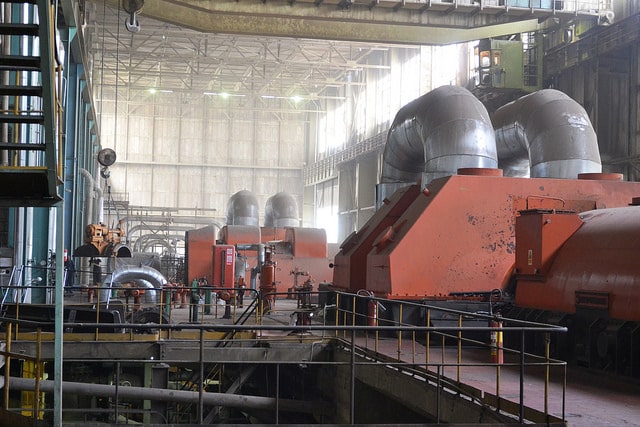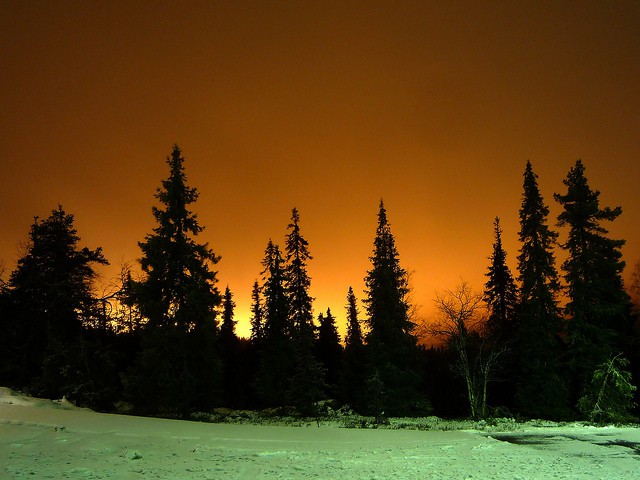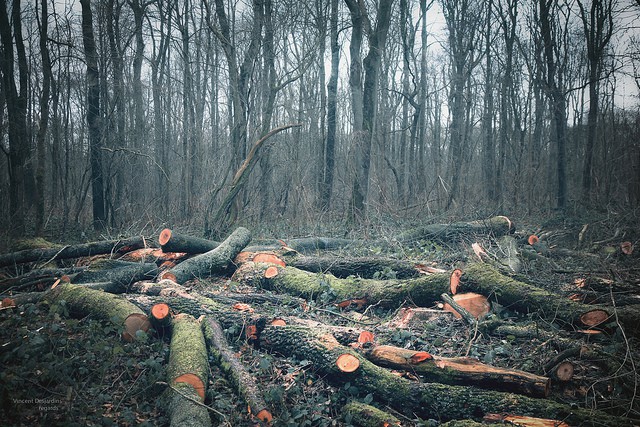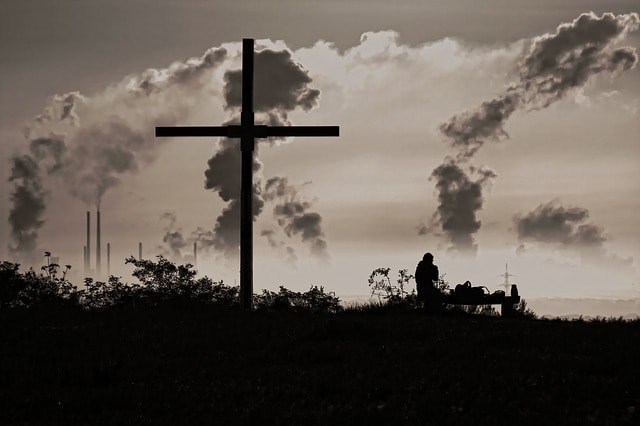13+ Brilliant Facts About Ozone Layer That Will Blow Your Mind
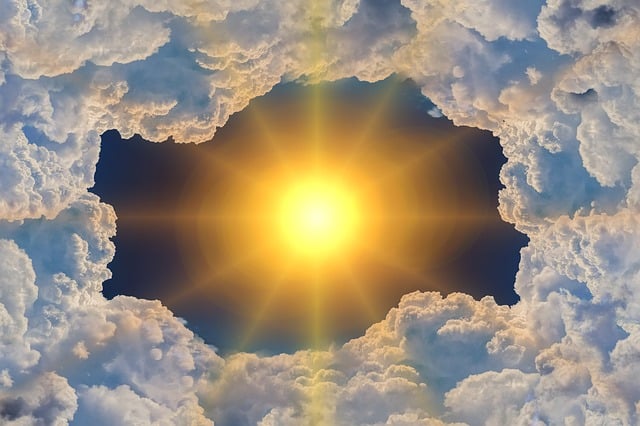
The Ozone Layer is an important element in the history of life on earth. Without it, many living things probably would not exist and the earth would be extremely different.
Millions of years ago, only single cell creatures existed on earth. At that time, the earth had no oxygen that would support life. But as the organisms evolved, they released tiny amounts of oxygen through photosynthesis, which led to the formation of the Ozone Layer.
Ozone is a simple chemical that can cause tremendous effects on living things. Understanding the technicalities of the ozone layer is crucial to identifying the problems caused by it. Below are some of the brilliant facts about the ozone layer.
Fact 1: Ozone Layer Discovery
Ozone was first discovered in 1839 by a Swiss chemist Christian Schonbein when he was studying electrical discharges. He identified a component that can be produced easily by an arc welder or a spark plug and named it Ozone because of its strong odor.
Schonbein was not able to describe the molecular composition of ozone, but this was accomplished by Jean-Luis Sores in 1860. The Swiss chemist continued with his research and was among the first scientists to suggest that Ozone is highly concentrated at ground level and can affect people’s health.
However, in 1913, French scientists Henry Buisson and Charles Farby conducted the first measurement of the Ozone layer in Europe and are accredited with actual discovery of the ozone.
Fact 2: Composition of Ozone
Ozone is a simple molecule consisting of three oxygen atoms located within the stratosphere. It is also called trioxygen and has a strong odor and pale blue color while normal oxygen is odorless and colorless.
Ozone has only 3 molecules in every 10 million air molecules as compared to other molecules like normal oxygen, which has about 2 million. Despite its number in the earth’s atmosphere, it is extremely vital for life on earth.
Fact 3: Good and Bad Ozone Layer
Good Ozone is naturally produced after the photochemical reactions in the stratosphere, slightly far from the earth’s surface. It protects living things from the harmful ultraviolet rays (UV) from the sun.
Bad Ozone occurs near the earth surface in a layer called the troposphere. It is harmful to breathe and cause damages to trees, crops and other vegetation. It is a major ingredient in urban smog.
Fact 4: Temperature Regulator
Ozone shield located in the earth’s stratosphere is able to absorb about 98 percent of the harmful ultraviolet radiation. It basically regulates the temperature of the atmosphere to save the earth from overheating or freezing.
Fact 5: Measurement of Ozone
Scientists have been able to measure the ozone in any vertical column of the atmosphere using various instruments like ozonesonde, satellites, and high-flying aircraft.
A satellite instrument called Total Ozone Mapping Spectrometer is used for measuring ozone values. For its thickness, they use Dobson units, named after D.M.B Dobson, a pioneer ozone researcher.
One Dobson unit equals a layer of gas, which is a hundredth of a millimeter. The atmospheric ozone is about 300 Dobsons. Therefore, the thickness of a layer of ozone is approximately 300 millimeter, much of which is located about 20 kilometers above the ground.
World Meteorological Organization is the only body that is responsible for providing high quality and uniform ozone measurement worldwide.
Fact 6: Ozone Depletion
For a long time, people regarded chlorofluorocarbons as miracle substances because they are non-flammable, inexpensive to produce, stable and low in toxicity. Humans used them as foam blowing agents, solvents, refrigerants and many other applications.
But scientists warned that these compounds have negative effects when transported to the atmosphere since they produce bromine and chlorine, which damages the protective ozone layer.
Other chemicals that destroy the ozone shield include halons used as fire extinguishers and methyl bromide used as pesticides.
While it may be argued that oceans and volcanoes release a lot of chlorine, the chlorine from these places is usually dissolved in rainwater and washed out of the atmosphere.
Fact 7: Ozone Hole
The ozone hole was first discovered in 1985 in the Antarctic region. It is not a hole as many people may actually believe, but it means a loss of about 60 percent of the ozone usually between September and November every year.
During winters, a whirling wind appears around the pole and disintegrates the polar stratosphere. When the temperature goes below -78 degrees centigrade, thin clouds form nitric acid, sulphuric acid, and ice in the stratosphere.
When these chemicals react, they wear out the ozone layer and eventually form an ozone hole.
If the process continues in a period of three months, approximately half of the ozone in that column disappears.
In spring, the temperature of the region rises and the ice evaporates to allow the ozone layer time to recover.
Fact 8: Ultraviolet Light
Although the ozone layer is thin, it protects living organisms from the biologically harmful ultraviolet rays (UV). UV radiation is divided into three, depending on its wavelength; UV-A (400-315)nm, UV-B (315-280)nm AND UV-C (280-100)nm.
The radiation causes sunburn, immune suppression, cataracts, skin cancer and genetic damage to human body. Nonetheless, UV-B, especially with its longest wavelength, is important for the production of vitamin D in the skin.
Fact 9: Ozone Dissociation
This involves the breaking of the ozone by short wavelength ultraviolet light to oxygen molecules and an oxygen atom. The odor released during the break up reaches the surface because the ozone is denser.
Fact 10: Total Ozone Distribution
Total ozone of a location refers to the sum of the ozone in the atmosphere above that location.
It varies with different latitudes, with the highest number being at the high and middle latitudes throughout the year.
At these locations, ozone accumulates to increase the thickness of the ozone layer. Conversely, total ozone is lowest in the tropics because the ozone layer thickness is small.
Fact 11: Ozone Air Pollution
Unplanned industrialization, urbanization, and population growth is the leading contributor to surface ozone, which is the main substance forming the photochemical smog. Surface ozone is caused by fossil fuel and chemicals from factories.
Forests have played a significant role in controlling the amount of carbon dioxide in the atmosphere, yet they are felled for settlement. This increases the formation of greenhouse gas.
Fact 12: Effects on Astronomical Data
A good condition of ozone in the atmosphere protects the astronomers from the excessive ultraviolet radiation as they orbit above the atmosphere and the ozone layer.
Fact 13: Montreal Protocol
More than 30 years ago, after the revelation of the adverse effects of chlorofluorocarbons and other ozone-depleting materials, an international treaty was signed to protect the ozone layer.
This treaty was named the Montreal Protocol. Under the treaty, nations agreed to phase out the production and use of these ozone-depleting substances, which also contribute to global warming.
As a result, ozone is healing and may return to 1980 levels near the middle of the century. Moreover, about 2 million skin cancer cases may be prevented every year by 2030.
Scientists state that if people had not stopped using ozone-depleting substances, a huge part of the world would be uninhabitable by 2065, and if every country adheres to the Montreal Protocol, the world will heal by 2050.
Fact 14: World Ozone Day
Every year, on 16th September, World Ozone Day is celebrated to spread the awareness of ozone depletion and to look for a solution on how to preserve it. This initiative is spearheaded by the United Nation Environmental Programme and is observed globally.
Sources:
http://www.softschools.com/facts/weather/ozone_layer_facts/2220/



